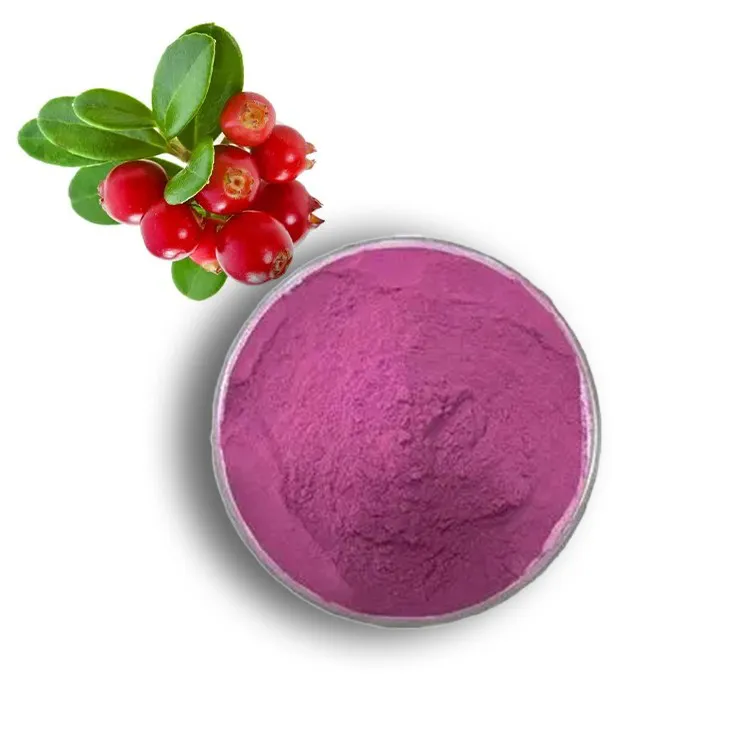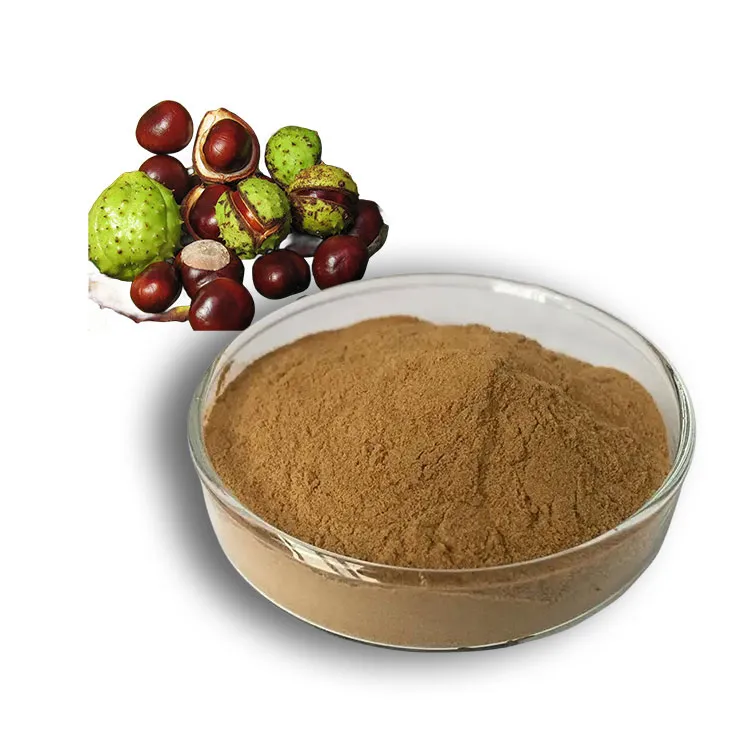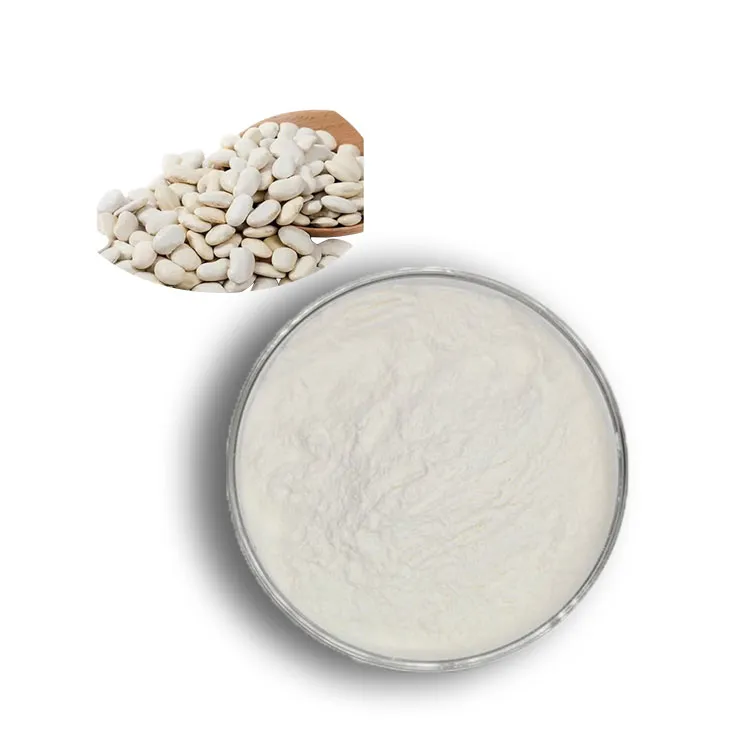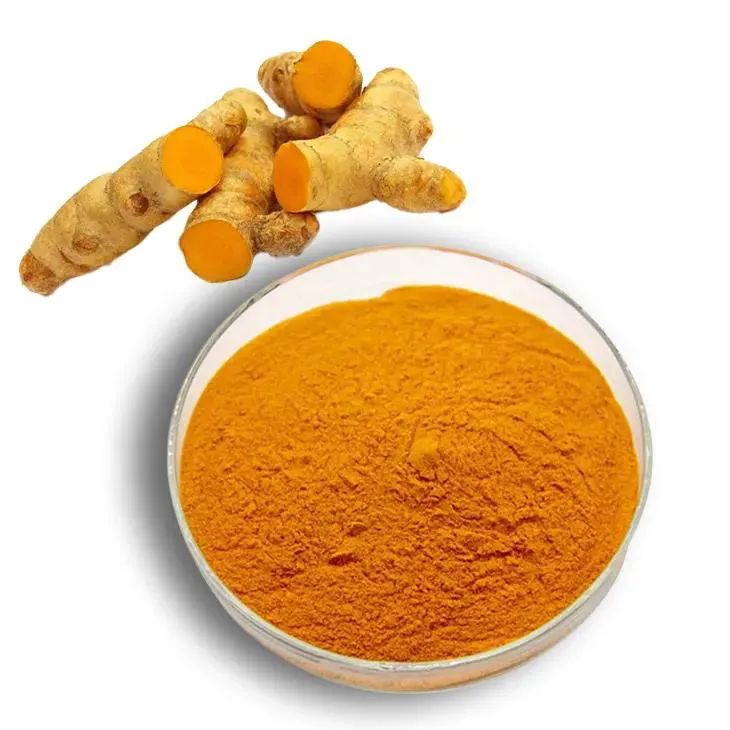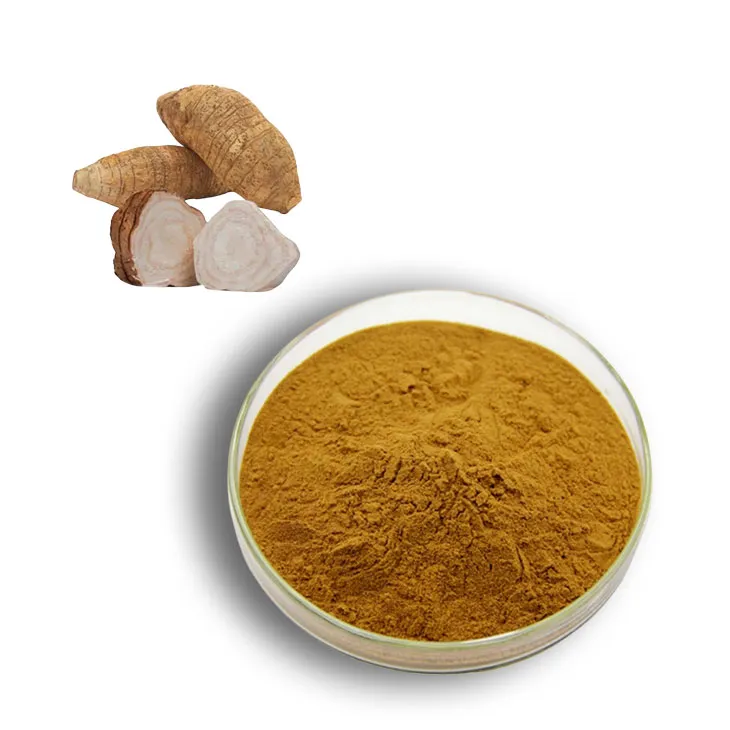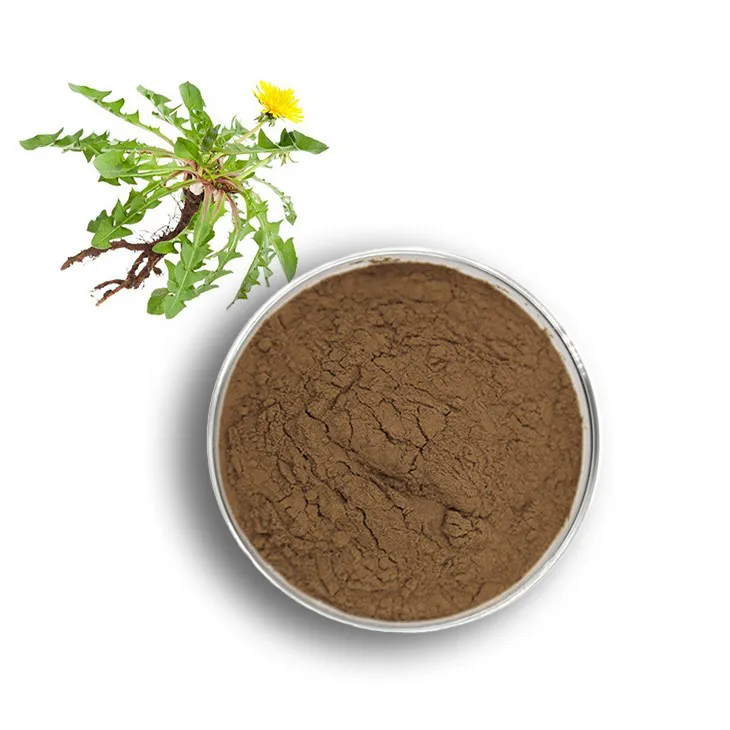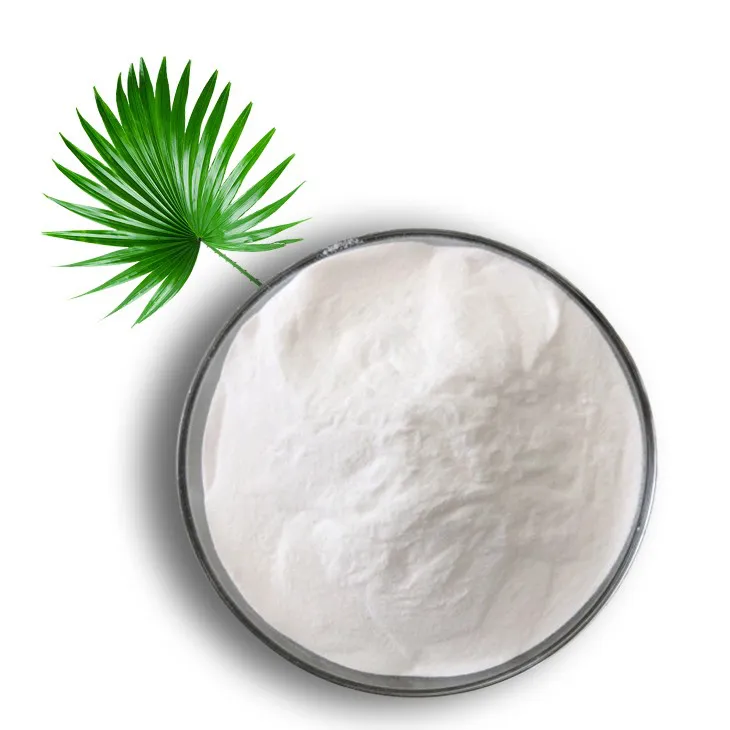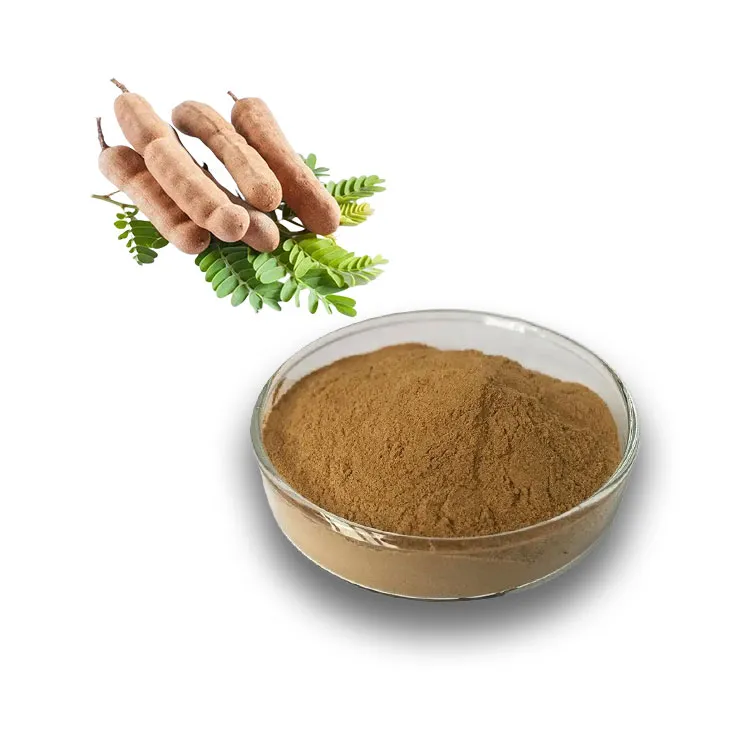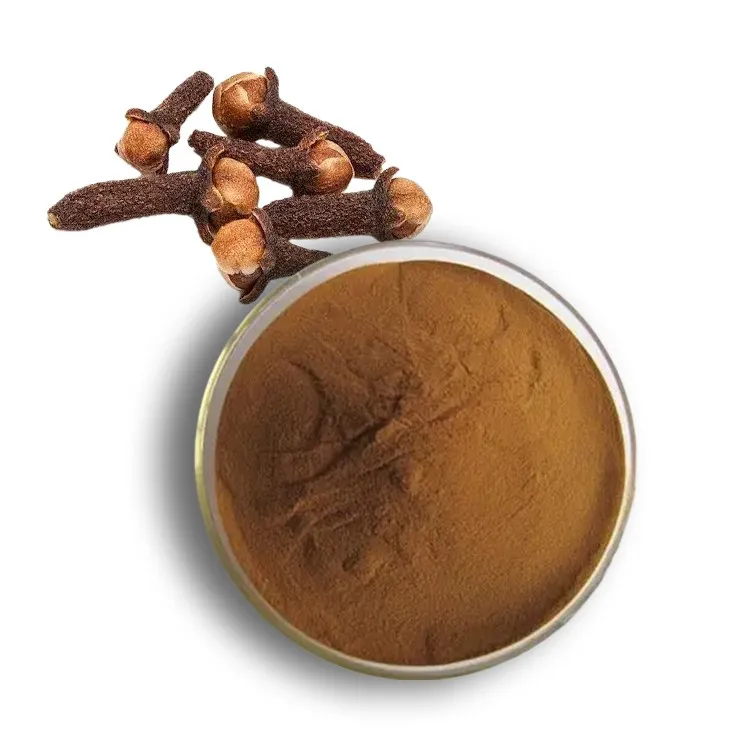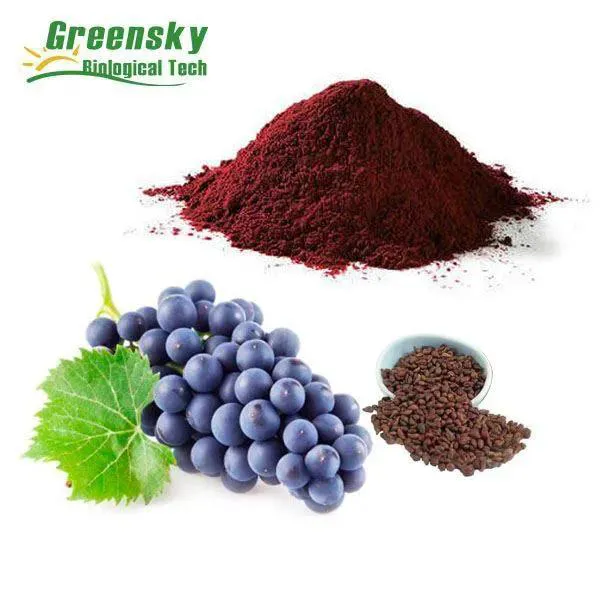- 0086-571-85302990
- sales@greenskybio.com
Benefits of Boiling Grape Leaves: A Culinary and Nutritional Perspective
2025-08-24
Grape leaves, the tender, edible leaves of the grapevine, have been used for culinary and medicinal purposes for thousands of years. Not only are they a staple in Mediterranean and Middle Eastern cuisines, particularly in dishes like Dolmas, but they also offer a myriad of health benefits due to their rich concentration of vitamins, minerals, and antioxidants. However, one might wonder, why is it a common practice to boil grape leaves before using them in recipes? This article explores the reasons for boiling grape leaves, their nutritional profile, and how to incorporate them into various dishes.
Understanding the Nature of Grape Leaves
Grape leaves, derived from the Vitis vinifera plant, have a long history of use in global cuisines, especially in regions like the Mediterranean, Middle East, and parts of Asia. They are often used to wrap different fillings, ranging from rice to meat, and form a core component of dishes like dolmades (stuffed grape leaves).
The leaves are typically harvested during the spring and summer months when they are at their most tender. They are usually sold fresh, preserved in jars or cans, or pickled in brine. Notably, fresh grape leaves are sturdy in texture, slightly tough, and have a somewhat bitter taste. This is where boiling comes in as an essential step in their preparation.
Why Boil Grape Leaves?
1. Tenderizing the Leaves
Grape leaves, especially fresh ones, can be relatively tough and fibrous. Boiling them helps soften their texture, making them more pliable and easier to work with, especially when used to wrap fillings for dishes such as dolmas. This process ensures that the leaves are tender enough to be enjoyable when eaten.
2. Removing Bitterness
Fresh grape leaves contain tannins and other bitter compounds, which can impact the taste negatively if not treated properly. Boiling the leaves helps remove some of these compounds, making them more palatable. The slight bitterness that remains after boiling adds a subtle flavor that complements the stuffing.
3. Removing Impurities
Boiling grape leaves helps clean and rid them of any dirt, pesticides, or other impurities they may have accumulated during growth. It is an effective way to ensure that the leaves are hygienic and safe for consumption.
4. Enhancing Flavor Absorption
Boiling grape leaves softens them and makes them more receptive to absorbing flavors from the fillings they encase and the sauces in which they are cooked. This results in a more flavorful dish where the subtle flavor of the leaves harmonizes with the stuffing ingredients.
Nutritional Benefits of Grape Leaves
Besides their culinary appeal, grape leaves are nutritionally beneficial. They are low in calories yet rich in vitamins, minerals, and dietary fiber. Key nutrients found in grape leaves include:
- Vitamin C: As a potent antioxidant, vitamin C supports the immune system, aids in collagen formation, and enhances iron absorption, contributing to overall health.
- Vitamin A: Important for maintaining healthy vision, skin, and immune function.
- Vitamin K: Crucial for blood clotting and maintaining bone health.
- Calcium: Essential for bone health, nerve function, and muscle contraction.
- Iron: Necessary for producing hemoglobin, which carries oxygen in the blood.
- Fiber: Supports digestive health and contributes to a feeling of fullness.
Because of their nutritional content, grape leaves can complement a balanced diet and offer additional health benefits beyond their culinary uses.
How to Boil Grape Leaves
Boiling grape leaves is a straightforward process, and several methods can be used depending on whether the leaves are fresh, preserved, or pickled. Here’s a basic guide:
1. Fresh Grape Leaves:
- Rinse the fresh leaves thoroughly under running water to remove any dirt or debris.
- Bring a large pot of water to a boil and add a pinch of salt.
- Blanch the grape leaves in the boiling water for about 1-2 minutes until they become tender but not overly soft. Overcooking can cause them to disintegrate.
- Drain the leaves and immediately transfer them to a bowl of ice water to cool quickly and maintain their green color. After a few minutes, remove and pat dry with paper towels.
2. Preserved or Canned Grape Leaves:
- Rinse the preserved or canned leaves under cold water to remove excess salt from the brine or preservation liquid.
- Soak them in a bowl of cold water for about 30 minutes to further reduce salinity.
- Like fresh leaves, blanch them briefly in boiling water for about 1-2 minutes and drain.
How to Use Boiled Grape Leaves
One of the most popular uses of boiled grape leaves is as a wrapper for stuffing. They are an essential component in making dolmas, a traditional dish prevalent in Mediterranean, Middle Eastern, and Balkan cuisines. Here’s a simple recipe to incorporate boiled grape leaves into your meals:
Stuffed Grape Leaves (Dolmas) Recipe
Ingredients:
- 1 cup long-grain rice
- 2 tablespoons olive oil
- 1 small onion, finely chopped
- 1 clove garlic, minced
- 1 tablespoon pine nuts (optional)
- 1 cup water
- Salt and pepper to taste
- 1 tablespoon fresh dill
- 1 tablespoon fresh mint, chopped
- 30 grape leaves, boiled and rinsed
- Juice of one lemon
Instructions:
1. In a large pan, heat the olive oil over medium heat. Add the onion, garlic, and pine nuts (if using) and sauté until the onion is translucent.
2. Stir in the rice and cook for another 2-3 minutes until the rice becomes slightly translucent.
3. Add water, salt, and pepper, and simmer over low heat until the rice is cooked and the water is absorbed.
4. Stir in the fresh dill and mint and remove from heat.
5. Let the rice mixture cool slightly before using it to stuff the grape leaves.
6. Lay a grape leaf flat on a clean surface, shiny side down. Place a tablespoon of the rice mixture in the center. Fold the leaf's bottom over the filling, fold in the sides, and roll up tightly.
7. Place the stuffed leaves seam-side down in a pot. Repeat with remaining leaves and filling.
8. Cover the leaves with water and lemon juice, weight them down with a plate, and simmer over low heat for about 30-40 minutes.
9. Remove from heat and let cool before serving.
Conclusion
Hesperidin, a natural bioflavonoid found in citrus fruits, offers numerous health benefits, especially for cardiovascular health, inflammation reduction, and cellular protection. While generally recognized as safe in typical dietary amounts, excessive intake through supplements can pose potential risks such as digestive issues or medication interactions. To ensure safe consumption, following recommended dosages and consulting healthcare providers are essential strategies. By understanding the benefits and safety of Hesperidin, individuals can make informed choices while enjoying the health advantages of this powerful bioflavonoid.
Green Sky Bio provides the best extracts and supplements. It is a Chinese self-developed brand that is trustworthy! Welcome to email us to inquire about our products.
- ▶ Hesperidin
- ▶ Citrus Bioflavonoids
- ▶ Plant Extract
- ▶ lycopene
- ▶ Diosmin
- ▶ Grape seed extract
- ▶ Sea buckthorn Juice Powder
- ▶ Fruit Juice Powder
- ▶ Hops Extract
- ▶ Artichoke Extract
- ▶ Mushroom extract
- ▶ Astaxanthin
- ▶ Green Tea Extract
- ▶ Curcumin
- ▶ Horse Chestnut Extract
- ▶ Other Product
- ▶ Boswellia Serrata Extract
- ▶ Resveratrol
- ▶ Marigold Extract
- ▶ Grape Leaf Extract
- ▶ New Product
- ▶ Aminolevulinic acid
- ▶ Cranberry Extract
- ▶ Red Yeast Rice
- ▶ Red Wine Extract
-
Europen Bilberry Extract
2025-08-24
-
Horse Chestnut Extract
2025-08-24
-
Kidney Bean Extract
2025-08-24
-
Curcuma Longa Extract
2025-08-24
-
Pueraria Lobata Extract
2025-08-24
-
Dandelion Root Extract
2025-08-24
-
Saw Palmetto Extract
2025-08-24
-
Tamarind extract powder
2025-08-24
-
Clove Powder
2025-08-24
-
Grape Seed Extract
2025-08-24











